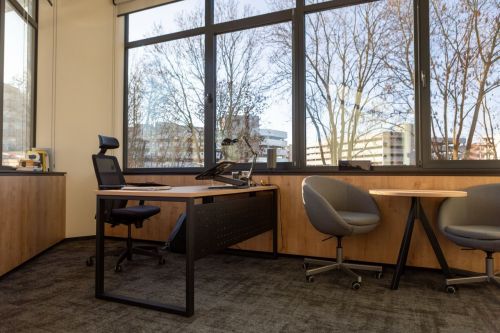In the autumn, Youniq, part of German group Corestate Capital, is to open the first Shed Living building in Poland. Could you tell us more about this project?
Renata Kusznierska, Poland regional operations director and member of the board of Youniq: This is going to be the first such complex with accommodation for young professionals and students, with rooms of 17–25 sqm for one or two people and with a total of over 700 beds. It’s worth highlighting its superb location in Kraków’s rapidly developing Błonia district, right next to the AGH university, a huge park and several new hotels. We are preparing it for 1 Asset Management, which is investing over EUR 30 mln in the project. The building is to be managed by CRM Students. It will have already opened by October and others are planned.
You sound very optimistic. Why so?
I believe in this market and it’s not just a question of faith – the numbers also point to its potential. It’s esti































































